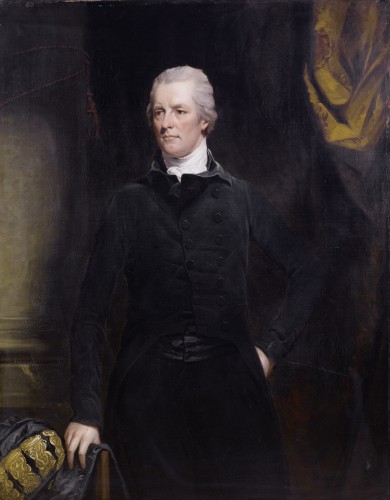UPDATE: An an article at Belmont Club describes interest in alternative money creation as a way of anticipating inflation. It also goes further into a discussion of general competence.
The idea that Virginia should consider issuing its own money was dismissed as just another quixotic quest by one of the most conservative members of the state legislature when Marshall introduced it three years ago. But it has since gained traction not only in Virginia, but also in states across the country as Americans have grown increasingly suspicious of the institutions entrusted with safeguarding the economy.
What has changed is faith in the federal government, not just in Virginia but in a growing number of places. The lack of faith in the competence of government — and the soundness of the dollar — has been growing leading some states to create contingency plans in case the currency goes bust.
Once again, I apologize for my pessimism but this is what I see. First, there is this article, which quotes a well known financier.
There may be a natural evolution to our fractionally reserved credit system that characterizes modern global finance. Much like the universe, which began with a big bang nearly 14 billion years ago, but is expanding so rapidly that scientists predict it will all end in a “big freeze” trillions of years from now, our current monetary system seems to require perpetual expansion to maintain its existence. And too, the advancing entropy in the physical universe may in fact portend a similar decline of “energy” and “heat” within the credit markets. If so, then the legitimate response of creditors, debtors and investors inextricably intertwined within it, should logically be to ask about the economic and investment implications of its ongoing transition.
Certainly “growth” seems to be fundamental to our economic health. That, of course, presumes a growing population but it also would be affected by a stagnant population with a growing age disparity. The obvious example of the latter is Japan.
The creation of credit in our modern day fractional reserve banking system began with a deposit and the profitable expansion of that deposit via leverage. Banks and other lenders don’t always keep 100% of their deposits in the “vault” at any one time in fact they keep very little thus the term “fractional reserves.” That first deposit then, and the explosion outward of 10x and more of levered lending, is modern day finance’s equivalent of the big bang. When it began is actually harder to determine than the birth of the physical universe but it certainly accelerated with the invention of central banking the U.S. in 1913 and with it the increased confidence that these newly licensed lenders of last resort would provide support to financial and real economies. Banking and central banks were and remain essential elements of a productive global economy.
The effect of asset bubbles on such a system is worrisome as the history of Japan and the recent history of the US have shown. The Panic of 1907 was largely responsible for the creation of the Federal Reserve. That financial crisis is thought, by the authors of a recent book , to have been a consequence of the 1906 earthquake in San Francisco, which destroyed a large amount of real assets and the insurance costs that were associated. The immediate cause was financial speculation but the real losses had added to the fragility of the system.
, to have been a consequence of the 1906 earthquake in San Francisco, which destroyed a large amount of real assets and the insurance costs that were associated. The immediate cause was financial speculation but the real losses had added to the fragility of the system.
Read more
